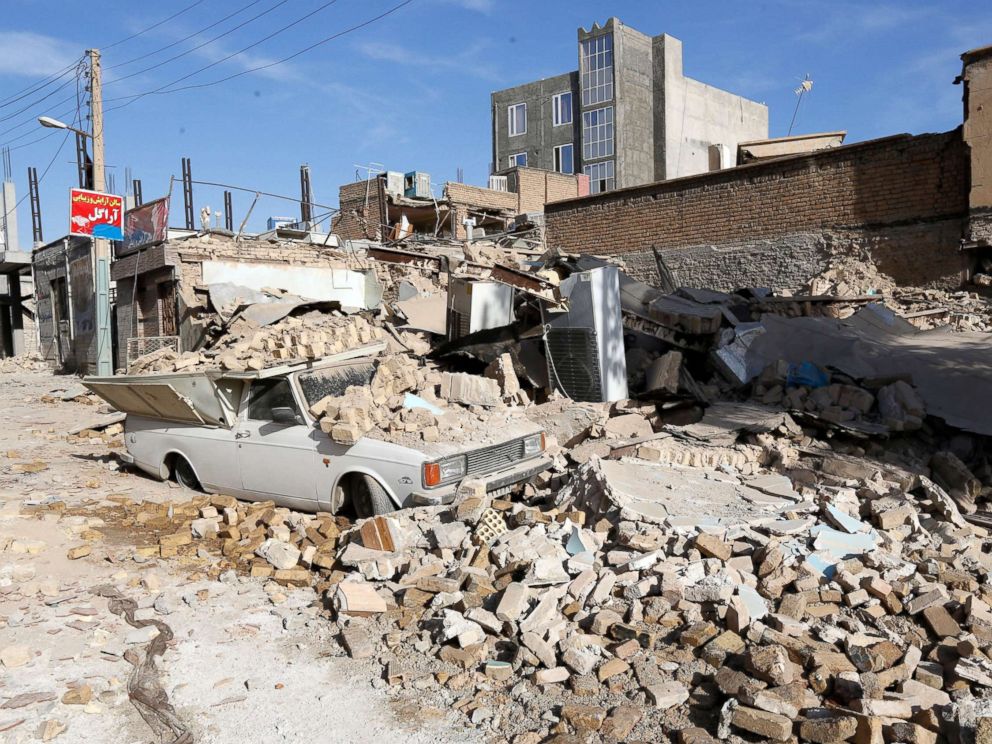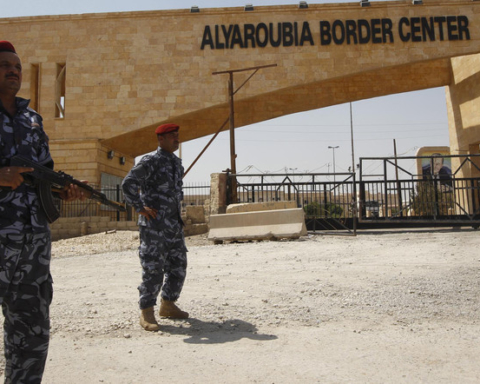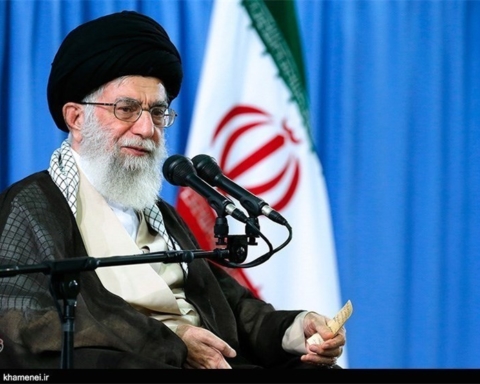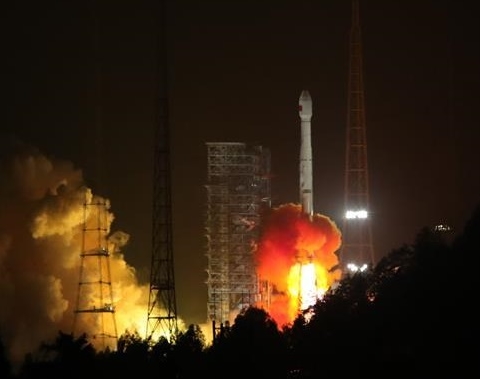On Sunday night a devastating 7.3 magnitude earthquake struck the Iraq-Iran border about 64 miles (103km) Southeast of the city of Sulaymaniyah. The earthquake was felt across large parts of Iran, including Kermanshah, Kurdistan, Ilam, West Azerbaijan and East Azerbaijan provinces. It has claimed a large number of victims: about 400 people dead and more than 6600 injured, but the number of fatalities is feared to rise. The earthquake has created extremely difficult conditions: the electricity was cut off in several Iranian and Iraqi cities, and fears of aftershocks sent thousands of people in both countries out onto the streets and parks in cold weather and rescuers worked through the night to find people trapped in collapsed buildings, but there are still people under the rubble. Iranian President Hassan Rouhani assigned the vice president on Monday to oversee a national disaster response to the last night’s powerful earthquake and all administrative, military, public and non-governmental organizations were mobilized to handle the disaster. Following the death toll in Kermanshah province, the deputy governor announced three days of public mourning in the whole province. Also, leader of Islamic Revolution Ayatollah Khamenei called in a message for taking immediate measures to assist those affected by the earthquake, including a rapid mobilization of the relevant government organs to provide medical treatment for the injured. 20 helicopters from Iran Army Aviation, 136 ambulances, and 28 ambulance buses were also deployed to earthquake-affected areas. Four field hospitals have also been set up in the area.
Latest from ASIA
At the invitation of Chinese Foreign Minister Wang Yi, Dmytro Kuleba, the Minister of Foreign Affairs
The official media of the Democratic People’s Republic of Korea (DPRK) today called on the international
China and Kyrgyzstan today agreed to establish a comprehensive strategic partnership. The agreement was reached during
After days of touting success in managing to bring the leader of the rogue nuclear regime
China will launch another 11 BeiDou-3 satellites by the end of 2018, adding to its domestic










